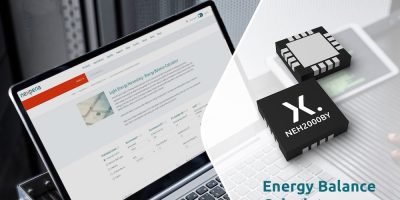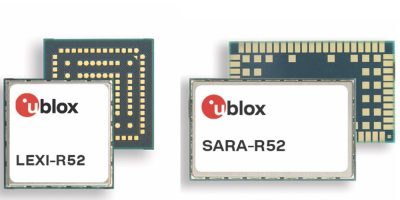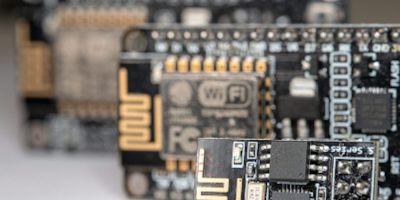Nexperia have announced the release of the Energy Balance Calculator. A powerful web-based tool designed to assist battery management engineers in maximising the battery life of their applications. The calculator facilitates the integration of Nexperia’s Energy Harvesting PMICs into their systems by providing engineers with precise data for informed decision-making.
At the core of Nexperia’s Energy Harvesting PMICs is the Maximum Power Point Tracking (MPPT) algorithm, enabling efficient energy harvest from the environment for various consumer electronics and IoT devices. To utilise these PMICs at their full potential, the calculator works with real-world technical parameters. It calculates the energy delivered to the load and the energy compensation. Thus, offering insights into potential battery life extension or achieving energy autonomy. Engineers can furthermore visualise system efficiency and precision through an efficiency curve provided by the tool.
“We are proud to introduce the Energy Balance Calculator, reaffirming our commitment to empowering engineers in enhancing system efficiency and combating battery waste. This tool allows engineers to make informed decisions ensuring optimal utilisation of our energy harvesting solution and extending the lifespan of electronic devices,” says Javed Ahmad, Senior Director of Product Management for IC Solutions at Nexperia.
Nexperia’s energy harvesting solutions system enable engineers to rethink their designs for wireless IoT nodes, wearables, smart tags, and electronic shelf labels to be more environmentally sustainable, economical energy harvesting from various ambient sources in applications consuming up to several milliwatts of power.
https://www.nexperia.com/energy-balance-calculator
Written by Annie Shinn







